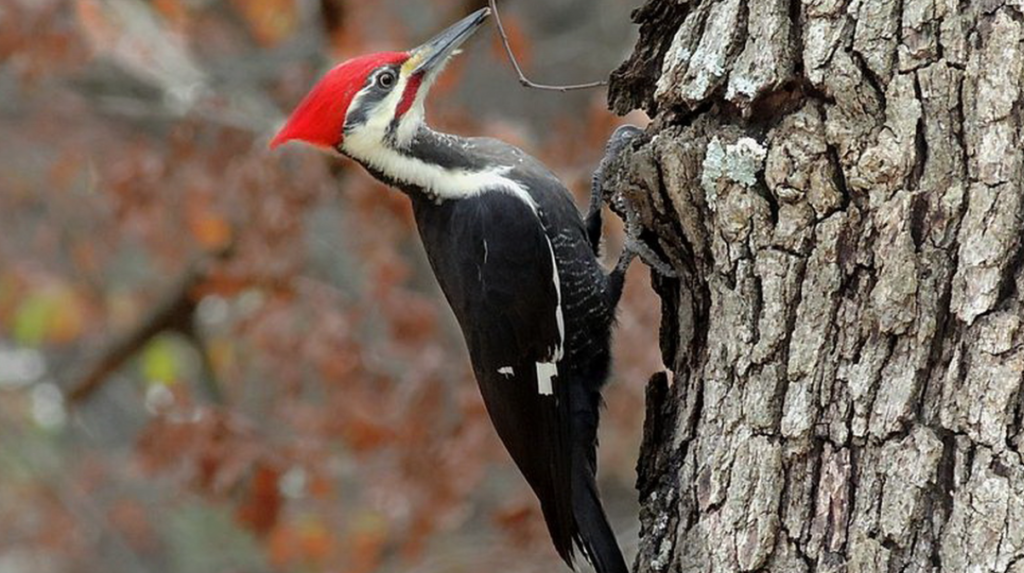
Every day, woodpeckers hammer their beaks into trees at an astonishing speed of up to 20 pecks per second. The force they generate is comparable to being struck by a sledgehammer. If a human were to attempt something similar, severe brain trauma would be inevitable. Yet, woodpeckers can do this all day without any apparent harm. So, what’s their secret?
A Skull Designed for Impact Absorption
One of the primary reasons woodpeckers avoid brain injury lies in their unique skull structure. Unlike most birds, their skulls have an extremely dense bone composition, reducing the amount of empty space inside. This minimizes brain movement and prevents excessive shaking upon impact. Additionally, the skull contains a spongy, shock-absorbing layer that disperses the force of each peck, preventing localized trauma.
A Natural Shock Absorber: The Beak
Another crucial factor is how the woodpecker’s beak functions as a built-in shock absorber. Unlike a rigid, solid structure, the beak is composed of two slightly offset sections. The upper beak is slightly longer than the lower one, which helps distribute the impact force along its length rather than sending it directly to the skull. This design significantly reduces the amount of shock transmitted to the brain.
Powerful Neck Muscles and the Role of the Hyoid Bone
Woodpeckers possess an incredibly strong set of neck muscles that act as a buffer when they strike a tree. These muscles stabilize the head and absorb a portion of the impact before it reaches the brain. Furthermore, they have an unusual anatomical feature: an elongated hyoid bone, a flexible structure that wraps around their skull. This bone acts like a natural seatbelt, reinforcing the skull’s stability and reducing vibrations that could otherwise cause damage.
Specialized Eyelids to Prevent Eye Damage
In addition to their robust skeletal adaptations, woodpeckers have evolved a unique eye protection mechanism. Each time they strike a surface, their nictitating membrane—a specialized third eyelid—closes reflexively. This prevents their eyeballs from dislodging due to the extreme forces exerted during pecking and shields them from flying debris.
Do Woodpeckers Experience Headaches?
Given the intensity of their pecking, do woodpeckers ever get headaches or dizziness? Scientists believe that their brains have adapted to withstand these conditions. Unlike mammals, woodpeckers have a lower volume of cerebrospinal fluid, reducing the brain’s movement within the skull. Additionally, their pecking motion is highly controlled, striking at precise angles to prevent unnecessary lateral forces that could lead to brain injuries.
Nature’s Engineering at Its Finest
Through a combination of a reinforced skull, specialized beak structure, powerful neck muscles, and unique anatomical adaptations, woodpeckers have evolved into perfect tree-drilling machines. These adaptations highlight how nature has fine-tuned organisms to thrive in their unique environments, making the woodpecker one of the most fascinating birds in the animal kingdom.

Leave a Reply